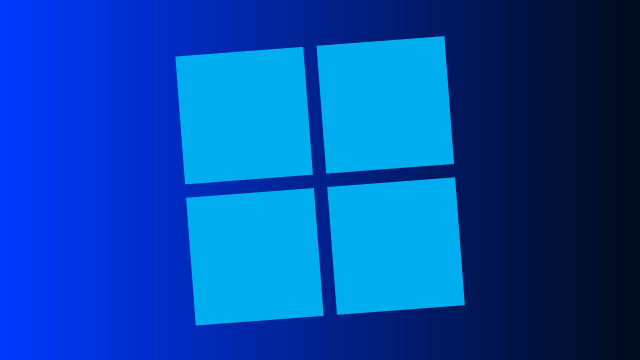When Microsoft first debuted Windows 11, it did so with a slew of awesome new gimmicks, but also teased an in-development feature that made my eyes light up, Android app integration, which later arrived in the first feature update of 2022. Now, two years after being introduced, Microsoft has called time on Android apps in Windows 11, killing them altogether.
I’m a lifelong Windows user, and a recent Android convert, and while the uses of this integration were limited, I still found some use for them, or at least I would have if it was done right. There are apps on Android that are simply better than their Windows counterparts. The best example, in my mind, is Nanoleaf, the apps aren’t terrific, but somehow the dedicated Windows app is so much worse. If I could have had the exceptional useability of the Nanoleaf app on my Windows gaming computer, then changing my home smart lighting could be so much easier and controlled from a single device at most times, rather than relying on my smartphone to be nearby, to unlock, open the app, wait for it to load, and then toggle the lights.
But never mind all of that. A support document published by Microsoft puts it in bold: Microsoft is ending support for the Windows Subsystem for Android.
“As a result, the Amazon Appstore on Windows and all applications and games dependent on WSA will no longer be supported beginning March 5, 2025. Until then, technical support will remain available to customers,” Microsoft wrote in the document.
“Customers that have installed the Amazon Appstore or Android apps prior to March 5, 2024, will continue to have access to those apps through the deprecation date of March 5, 2025.”
The best part of Microsoft’s Android app integration was that it wasn’t merely an Android virtual computer like Bluestacks, but rather an underlying protocol that made apps run like actual windowed programs. Naturally, this would improve useability and CPU pressure, but… Why didn’t it work as well as I thought it would?
When Microsoft first announced the feature, it was exclusively for the Amazon App Store, an app store I didn’t know existed until that very moment, and one that I’m sure many people don’t use when the Google Play Store and the Samsung Galaxy Store are both perfectly serviceable. Many of the apps you might have for the exceptionally niche Windows use case, be it home controls, gaming, banking, texting, or any other purpose, simply were not on the Amazon app store. Naturally, the number was widdled down even more by the sheer lack of apps that ran well on the Windows subsystem.
You could obviously sideload the Google Play Store onto the subsystem – as pointed out by Ars Technica – but lacking support of the massively popular Android app store from the get-go made the subsystem pretty much dead on arrival.
“Amazon and Microsoft are partnering to create a smooth end-of-support experience for developers and customers of Amazon Appstore on Windows 11,” Amazon said in a statement. “Developers will no longer be able to submit net new apps targeting Windows 11 after March 5, 2024, but developers with an existing app can continue to submit app updates until Amazon Appstore on Windows 11 is fully discontinued.”
Anyway, RIP to a real one. If only we got to see your full potential for Android, Windows 11. Microsoft is, however, still playing with Android and Windows integration.
Image: Gizmodo
